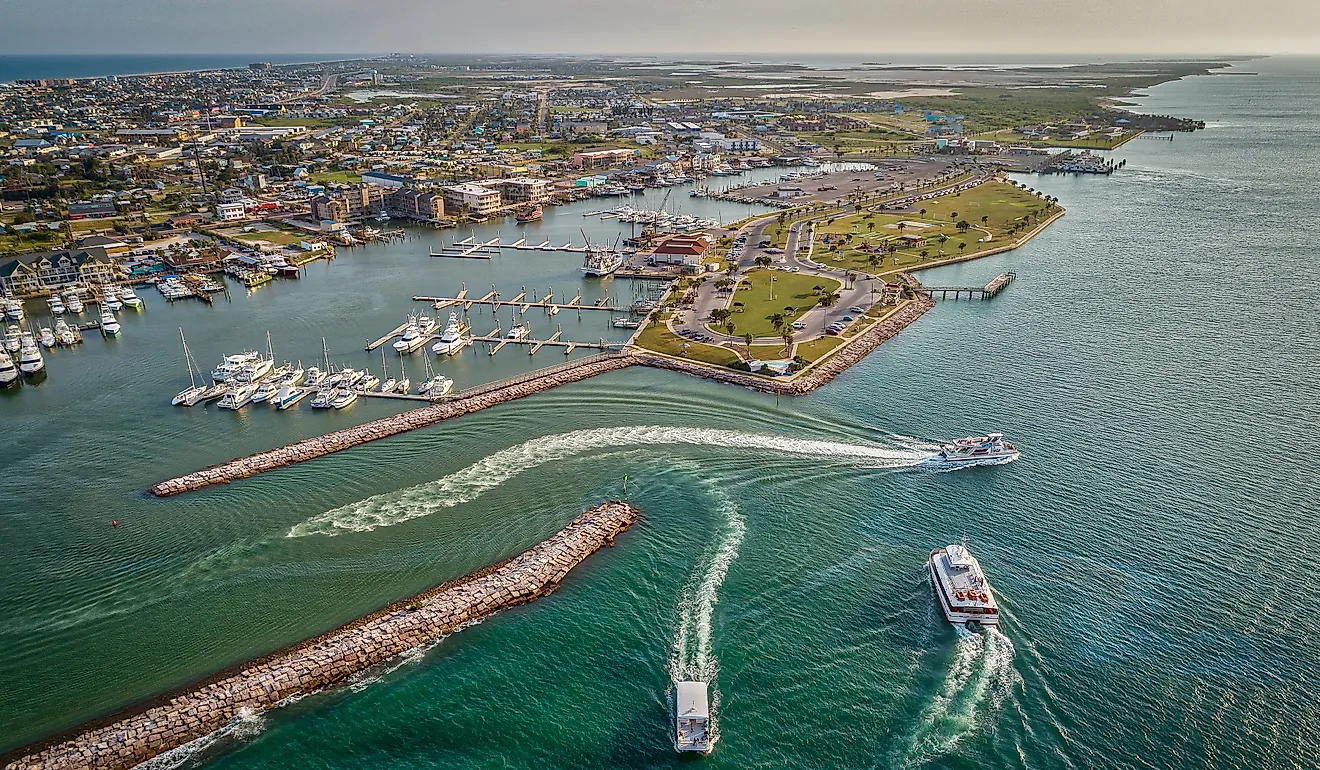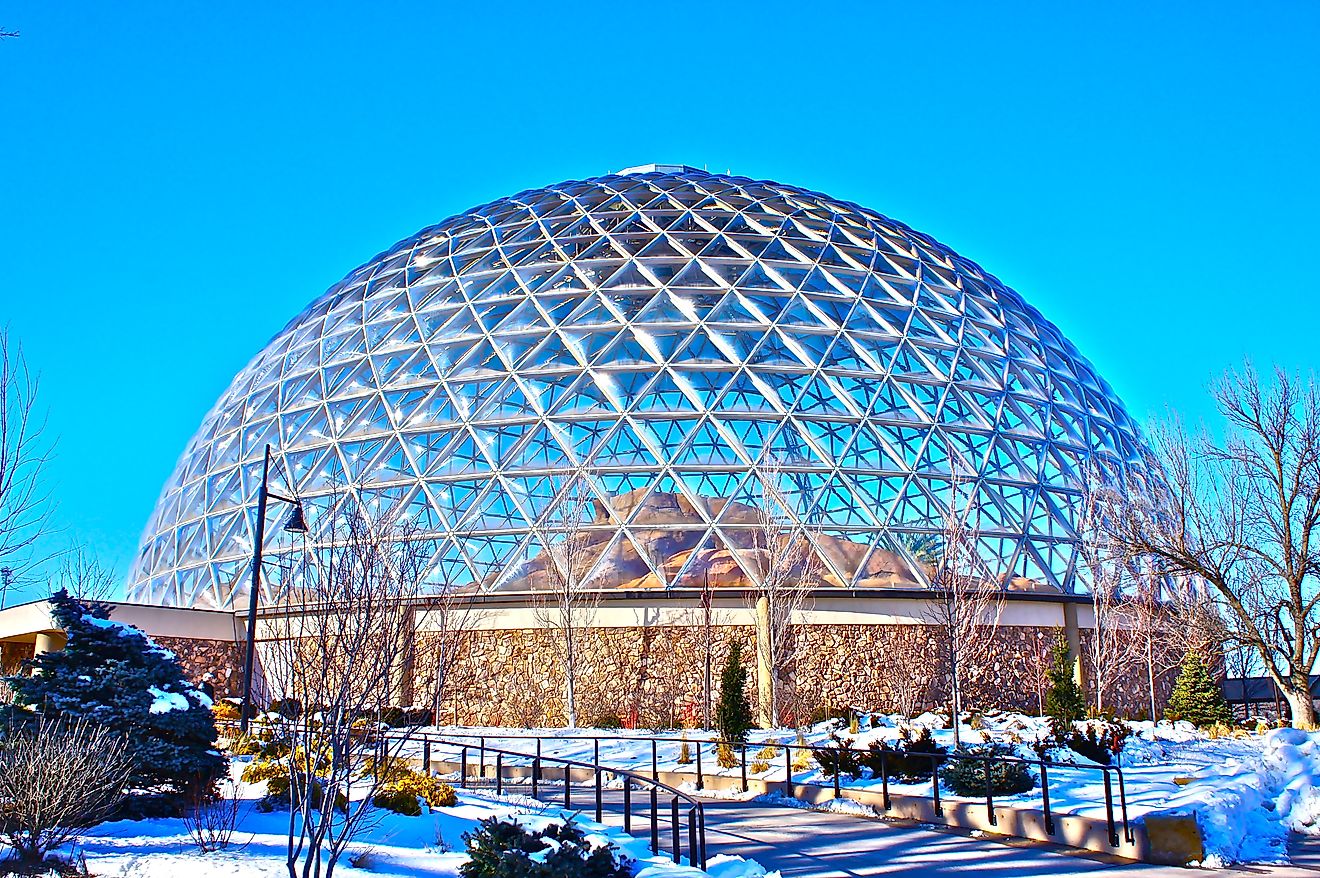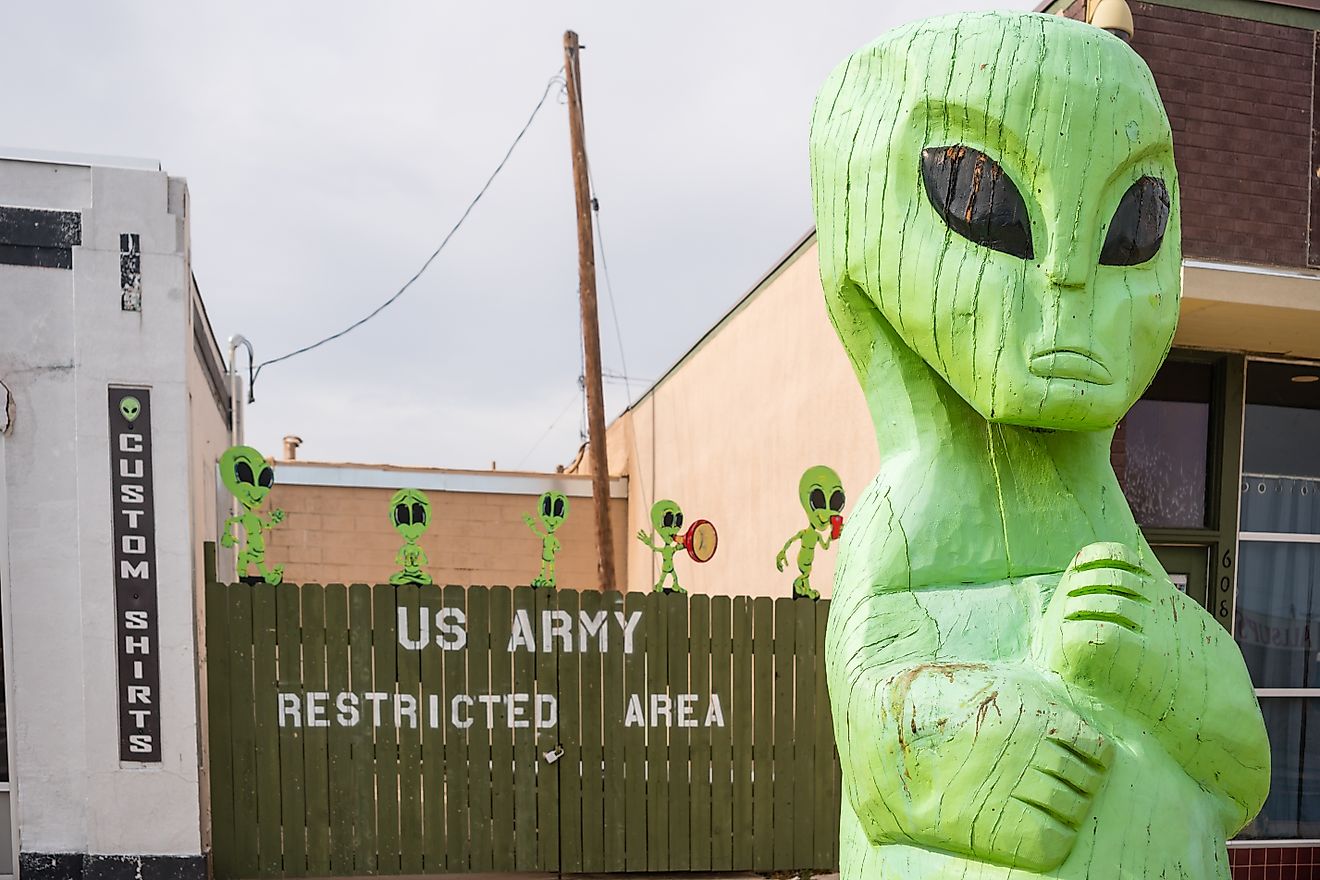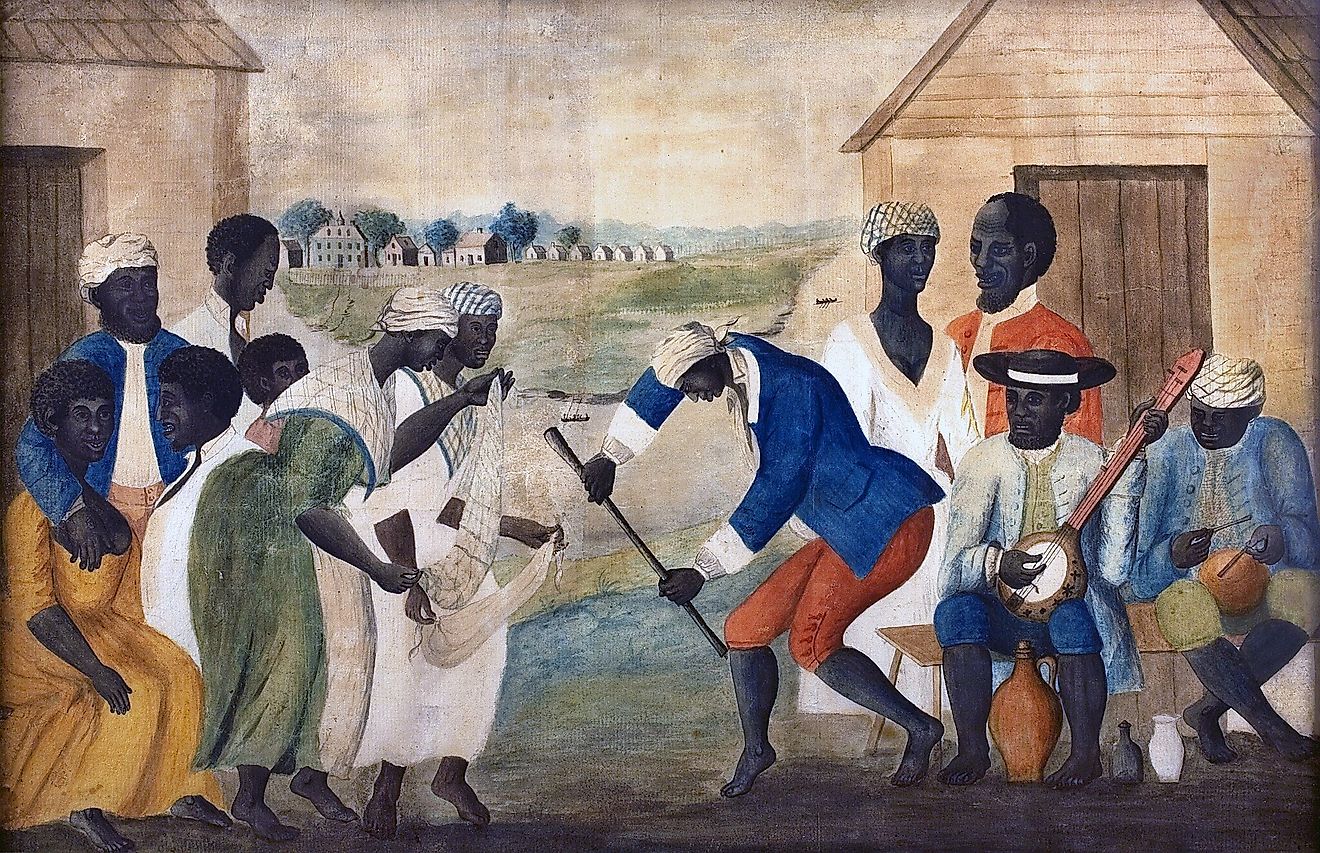Pulau Ubin Island Of Singapore
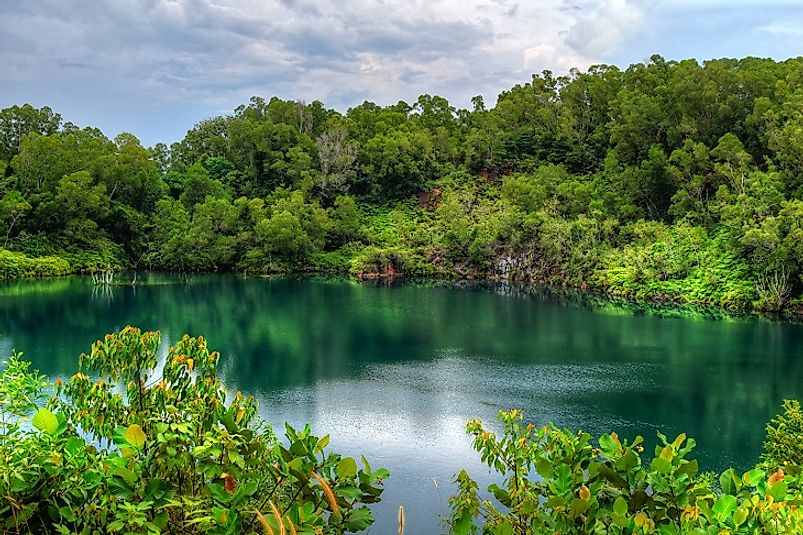
5. Description
Resembling the form of boomerang, Pulau Ubin (Granite Island) is situated close to the north-east coast of Singapore and covers an area of 1,020 hectares. A local legend tells of the formation of Pulau Ubin. A frog, pig, and elephant argued over who could first get from Singapore to Johor (now a city in Malaysia on a maritime boundary with Singapore) through the straits. Anyone who failed had to be turned to stone. Frog became Pulau Sekudu (Frog Island) having a huge boulder in the shape of a frog. Pig and Elephant turned into Pulau Ubin.
4. Historical Role
Active granite quarrying was the property of Pulau Ubin since 1960, which gave the name to the island now inhabited by a few thousand settlers. Nowadays, only about two hundred villagers remain on the island. Pulau Ubin is Singapore's last rural area where, along with agriculture, wild flora and fauna find ways to persist. Abandoned granite quarries submitted picturesque historical relics, with the forest and field being placed under the protection of the law, as a national treasure.
3. Modern Significance
Today, Pulau Ubin is home to a few tiny churches and many small fish restaurants. The main vehicle is a bicycle, which can be rented on the island. Tourists can arrive at this little paradise from Singapore port by way of ferry, boat, or pleasure craft. Excursions to the island is a journey through time, into the Singapore of before 1960. The island has preserved Singaporean "kampong" villages of the early 20th Century. While the Singapore citizens have access to all benefits of modern civilization, the residents of Pulau Ubin rely on wells, and some farmers use diesel generators to produce electricity. The life of the villagers is largely dependent on traditional agriculture and fisheries, and from year to year the flow of tourists is increasing and aiding the economy through related services. Pulau Ubin became is well known due to the excellent mountain bike trails with many steep ascents and slopes. The route laid in Ketam Mountain Bike park is about eight kilometers long, and runs from open grasslands into dense jungle. Ubin City is in the heart of the island. Aside from hiring bike services, plenty of little shops and cafés can be found alluring tourists in Ubin Town. Restaurants offer a variety of perfectly cooked seafood and other traditional dishes.
2. Habitat and Biodiversity
The reason for promoting outside interest in the island on the part of Singaporean residents is a unique set of ecosystems that are represented in the country's mainland only by a few small and highly broken up areas. Ferns, tropical trees, and flowering plants are abundant on Pulau Ubin. It is also home to a vast population of long-tailed macaques, lemurs, reticulated pythons, drongo, and the sea eagle can be seen as well. The island is a place of wintering for migratory birds. The geographical point of Chek Java is a cape, and covers 100 acres of mostly wetlands in the southeast of the island. One of the richest ecosystems in Singapore, Chek Java is a unique area of six island habitats amalgamated. The waters surrounding the island, rich in variety of marine life, are especially found including many varieties of crabs and shrimp.
1. Environmental Threats and Territorial Disputes
Initially, Ubin consisted of two islands separated by a river. When the island was extensively developing the shrimp production, a barrier was arranged across river embankments, thus uniting the two halves of the island. Nowadays the original forms of unique tropical vegetation could not be found, as most of the equatorial jungle has been cleared for the cultivation of cereal crops (coffee), rubber, pineapple, and coconut.

